The Desert View area offers some of the most spectacular canyon views. Below you will find a gallery of photos visitors from around the world have captured and shared with us. You too can share your special experiences with us by using the hashtag #GrandCanyonConservancy.
Desert View Inter-tribal Cultural Heritage Site
Reimagining Desert View and elevating Grand Canyon through the voices of the 11 Grand Canyon tribal communities.

Since time immemorial, people have lived on what are now Grand Canyon National Park lands, gathering food, telling stories, and weaving a history and a livelihood.
Now, Desert View, a place that was initially created to introduce visitors to the Southwest’s diverse and rich cultural heritage, is transforming into a place very much in keeping with its origins. The site is becoming an “Inter-tribal Cultural Heritage Site”—the first in the National Park Service.
Led by the 11 Grand Canyon tribal communities, in partnership with the National Park Service, the Desert View Inter-tribal Cultural Heritage Site begins to address the historic inequities faced by Native Americans through new pathways for cultural and economic opportunities to determine a new thriving future.
Photo by AO Tucker
Support this Project
This project is made possible because of your support to Grand Canyon Conservancy.
Donate Now
Plans for the Desert View Inter-tribal Cultural Heritage Site include:
- Improvement of the arrival experience, by creating an Orientation Area, Shade Structure, Picnic Areas, and revision of the parking lots.
- Enhancement of the heart of Desert View by adapting the Watchtower, amphitheater, and other structures to ensure access for all.
- Revision of the Pedestrian Paths to enhance the visitors’ travels along this natural, cultural, and tribal journey.
- Development of a Tribal Welcome Center.
- The expansion of the popular Cultural Demonstration Series at Desert View, which provides the opportunity for artisans from the 11 traditionally associated tribes to share their crafts with park visitors, raising awareness and appreciation of the history and diverse cultures of the region.
What's been completed?
- May 2022 - Dedication of the renovated Desert View Amphitheater.
- October 2019 - Conservation of Watchtower murals completed.
- The creation of the Ancestral Lands Conservation Corps, which provides job training and conservation work for local American Indian youth.
- The establishment of the Inter-tribal working group, a partnership between the eleven traditionally associated American Indian tribes of Grand Canyon.
- September 2016 – America voted Desert View Watchtower among the most worthy historic preservation projects at the National Parks to receive a prestigious grant to restore the Watchtower murals.
- July 2015 - ArtPlace America announced a $500,000 grant to preserve murals inside the Watchtower, continue the Cultural Demonstration Series, and develop inter-tribal tourism opportunities.
- January 2015 - National Park Service took over management of the Desert Watchtower.

Jason Coochwytewa
GCC Board Member Isleta Pueblo/Hopi“The Site is a milestone for the National Park Service in acknowledging the first voices of the Grand Canyon region. I hope that it becomes a beacon for visitors to reflect on the thousands of years of Native American history that shaped this land before it was a national park and is still influential and alive today.”

Dianna White Dove Uqualla
Havasupai“A lot of this land... has our ancestors’ footsteps, our ancestors being here living off the land, this canyon as a whole is a very sacred place.”

Mae Franklin
Navajo“This is an opportunity to tell our stories and showcase our tribes. The goal is to educate the world community that tribes are still here, we are part of the fabric of our communities, and we have our unique ways of thinking and abilities to think about the land.”

Ed Keable
Superintendent Grand Canyon National Park“This project was conceived of by our tribal partners who continue to collaborate with us to expand first-voice tribal interpretation, improve visitor orientation, and enhance the overall visitor experience at this site. With the assistance of Grand Canyon Conservancy and its partners, we are able to make lasting change for many years to come.”
Who are the traditionally associated tribes of Grand Canyon?
People have been living in and exploring Grand Canyon for thousands of years, forging human connections to this incredible landscape. Traces of dwellings, garden sites, food storage areas, and artifacts can be found from Ancestral Puebloan people who lived in and around the canyon.
Modern tribes still consider Grand Canyon their homeland. There are eleven current tribes that have historic and cultural ties to the lands and resources found within Grand Canyon National Park.
Indigenous Land Acknowledgment: As an organization whose mission is to inspire generations of park champions to cherish and support the natural and cultural wonder of Grand Canyon, Grand Canyon Conservancy acknowledges that Grand Canyon National Park exists on land Indigenous people have inhabited since time immemorial and whose histories and cultures are indelibly tied to locations that are now located within national park boundaries. GCC accepts the responsibility of stewarding these places and pledges to honor and respect these lands, their cultural history, and the 11 nations that are still here.
Phase Two Project Partners







